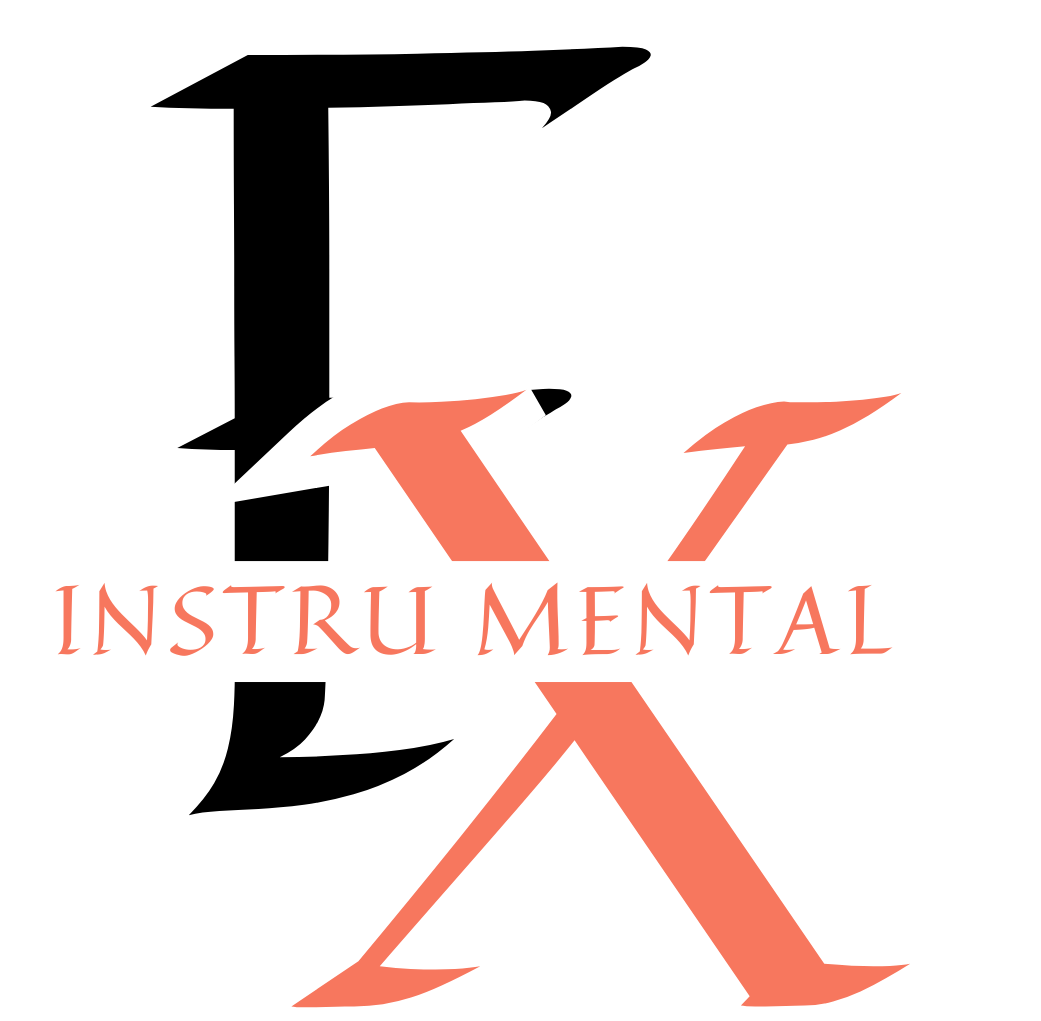
Retrieval augmented generation is the new framework that is set to expand the capabilities of large language models (LLMs), addressing their core issue of relying on a fixed pre-training dataset. Given the design of models like GPT-4 and ChatGPT, they tend to hallucinate information – that is, generate content not based on facts but purely on patterns they have learned. This is why these LLMs would often give disclaimers about their general knowledge being frozen at the point of the last update of their training data.
As explained in a guide to retrieval augmented generation (RAG) by MongoDB, the RAG technique allows a language model to reference external knowledge bases to check the information or facts it is asked to generate. This helps improve the quality and credibility of the output.
The way it works is that RAG splits the task into two sections: first, it retrieves information from an external database collected during pre-training, and then it generates a response on the basis of both the retrieved documents and the initial input, providing a more informed and accurate output.
Artificial intelligence (AI) continues to permeate the education space. Recently, Northern Kentucky University announced its inclusion of an AI Minor to its list of program offerings. It is the first university in the region to do so, as it acknowledges the value of AI for future careers. In other news, Kansas is investing in AI surveillance cameras that can spot people carrying weapons. Once spotted, the cameras will trigger alerts to the school staff, giving them more time to prepare for safety.
With new frameworks like RAG emerging, AI technology can cater to new or specific demands. Several educational institutions have begun leveraging RAG in their systems. The Library Innovation Lab at Harvard Law School recently released an RAG tool called WARC-GPT, which can be used to build chatbots that reference web archive files. Instead of keywords for online searches, the system executes a multi-document search with summarization.
Meanwhile, Stanford researchers built a system that retrieves medical information more accurately than standard LLMs. The scholars’ report detailed how their RAG-enhanced AI technology generated much more accurate responses to prompts written by physicians, noting that RAG can help streamline medical research and clinical decision-making.
It’s clear that RAG-enhanced LLMs can potentially reshape how educational institutions approach learning and teaching. Many schools across the US are already implementing AI-powered systems to aid students with academic challenges and improve administrative procedures.
For instance, when ChatGPT launched in 2022, the University of Michigan released U-M GPT months later. The tool functions similarly to the former, but is built specifically for the university and its students. Georgia State University made a similar move when it released “Pounce,” an AI chatbot that helps freshmen students get properly onboarded.
With the entrance of RAG, These tools could be significantly improved, as they would be able to directly reference a vast array of up-to-date educational materials.
Striking a balance between efficiency and effectiveness is critical in the education sector. Student engagement, knowledge retention, and curriculum development are just some of the challenges that educators face daily. According to a Gallup study, K-12 students on average grade their school a C+ on giving excitement in learning. Considering how this generation of learners thrives on technology, the use of effective AI tools could potentially reenergize classrooms and stimulate academic interest.
As more institutions showcase the sheer potential of RAG, it is hopeful that other educational bodies across the world will follow suit. The future of education lies in the heart of technology, and continual innovation will be key to addressing the modern learning challenges we currently face.
To keep up with all the rest of our educational posts on InstrumentalFX, make sure to bookmark our category page and never miss another post.








